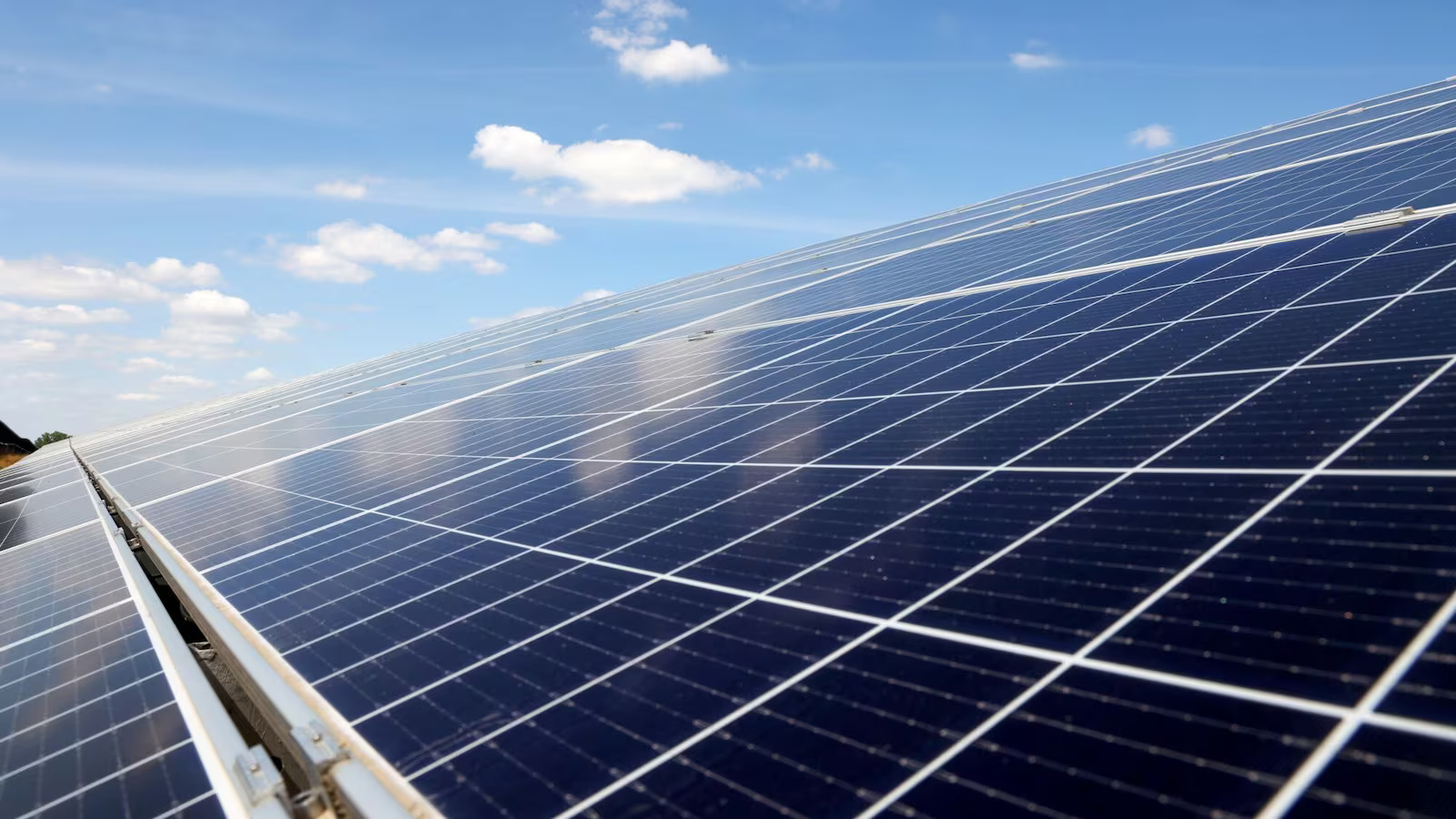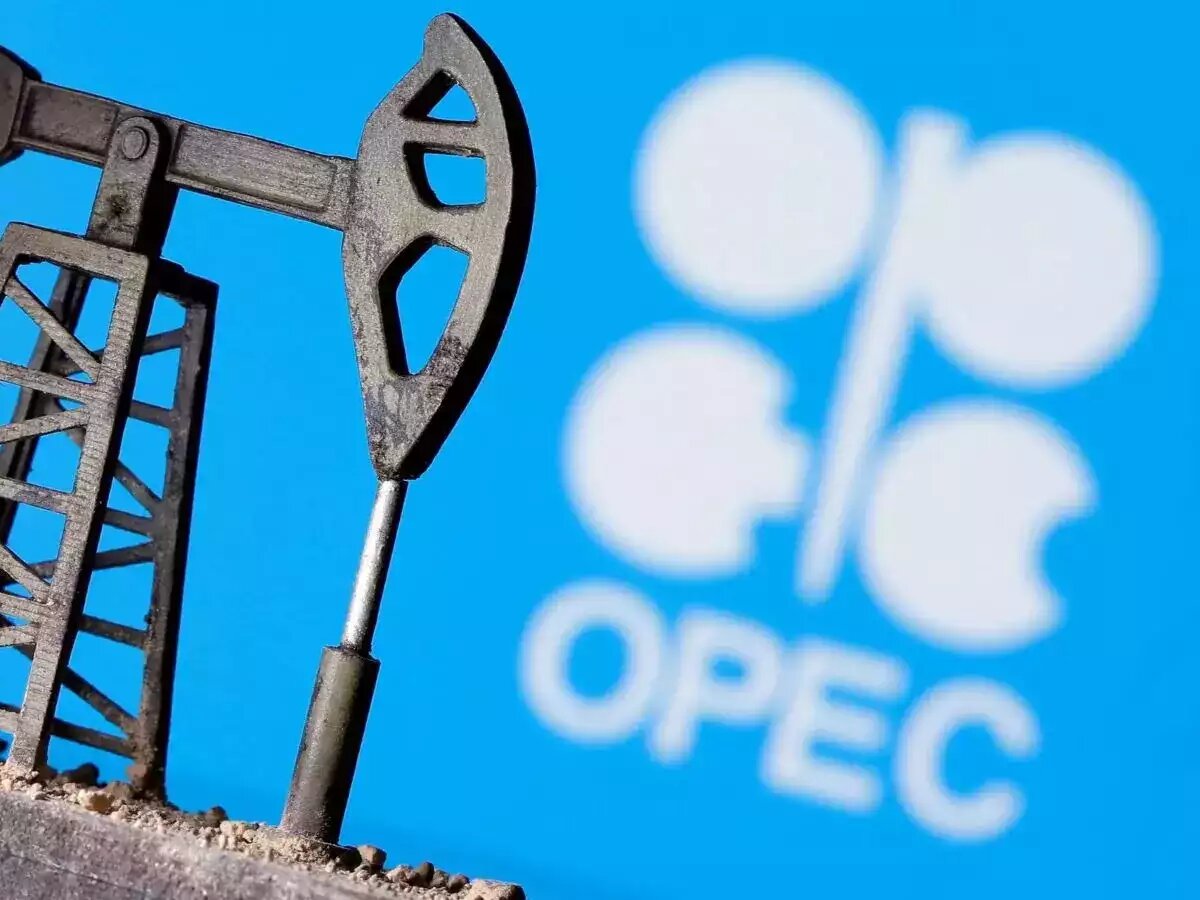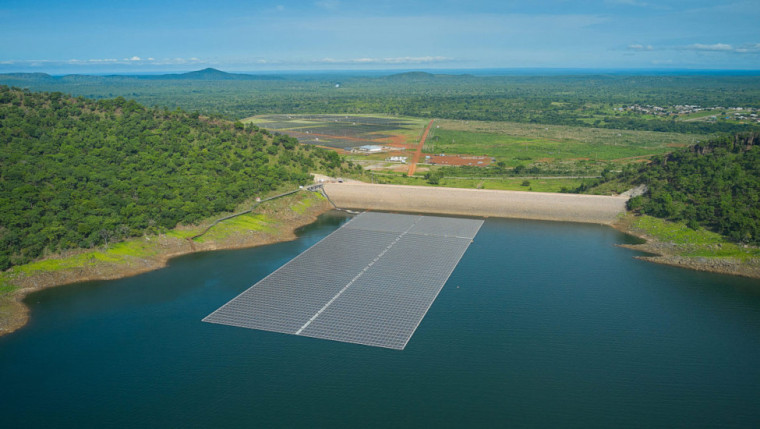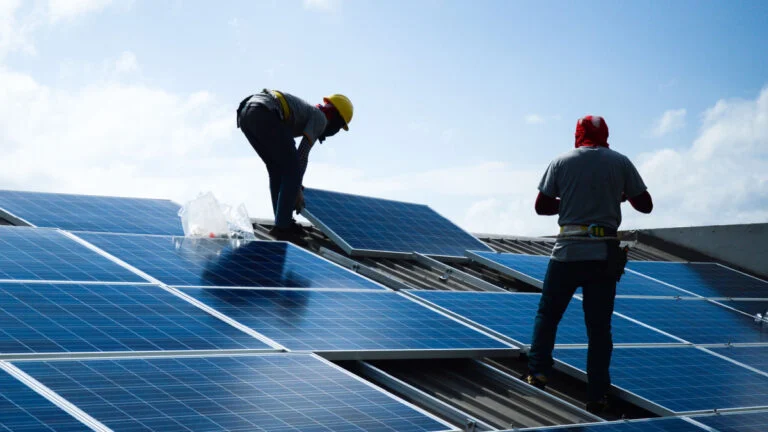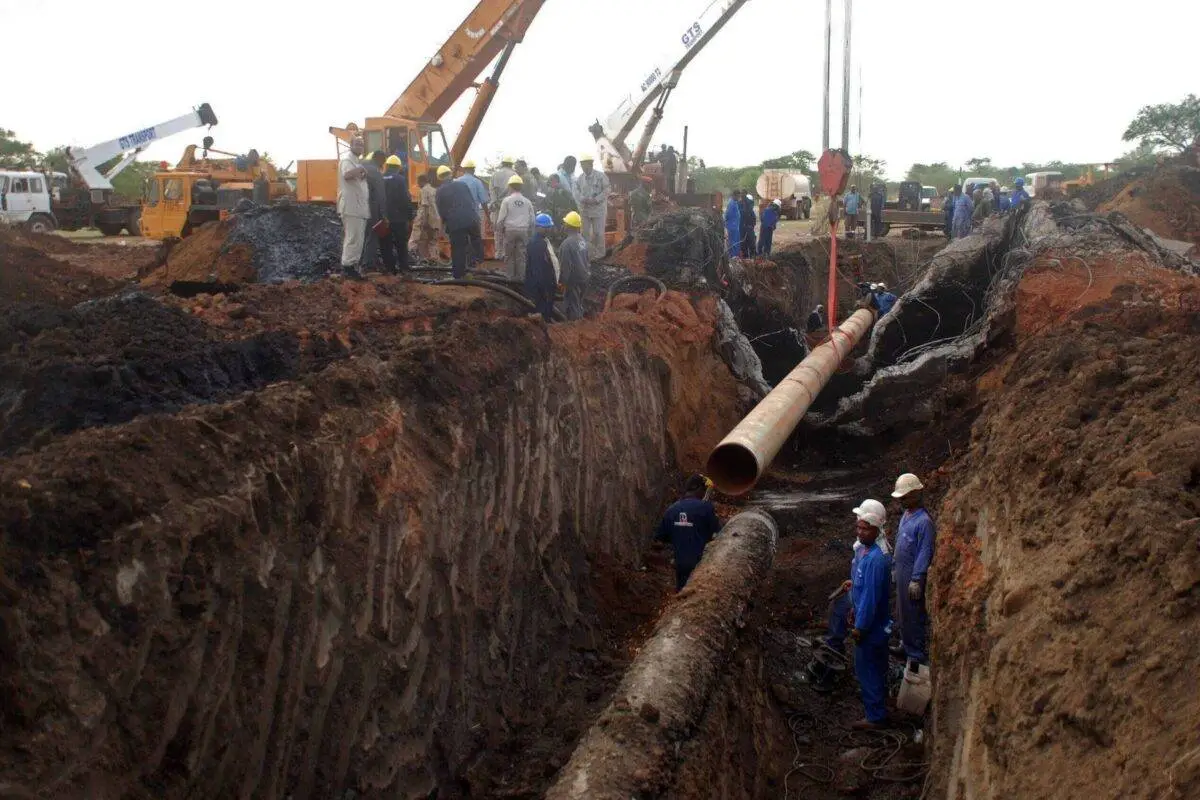Generation

Ethiopia’s Grid Feeds 27% to Mining

In a year marked by both progress and persistent challenges, Ethiopian Electric Power (EEP) announced that over 33% of the country’s total electricity generation in the 2017 fiscal year came from the Grand Ethiopian Renaissance Dam (GERD), a landmark infrastructure project steadily transforming Ethiopia’s energy landscape.
In its annual performance report, EEP revealed that it generated 29,480 gigawatt-hours (GWh) of electricity—surpassing its initial target of 25,423 GWh. This achievement translated into a record revenue of 75.4 billion birr (approx. $1.3 billion), of which 74.05 billion birr came from energy sales and 1.41 billion birr from related services.
“This is more than a power story. It’s a signal of economic transformation,” said CEO Engineer Ashebir Balcha, addressing reporters at a press briefing.
Where the Power Goes
Of the total electricity generated, 93% was consumed domestically, while 7% was exported—mostly to Kenya (5%) and Djibouti (2%).
Within Ethiopia, the biggest consumer was the national grid (60%), followed by the rapidly expanding data mining sector (27%), and industrial users (6%). The remaining 7% included other minor domestic uses.
The data mining surge, largely driven by Bitcoin mining operations, has become a significant new player in Ethiopia’s power economy. Though the utility didn’t disclose precise figures from crypto operations, industry sources estimate that Bitcoin mining alone generated more than 250 million USD in revenue for the country last year. Much of this is attributed to agreements that allow miners to pay in hard currency, an attractive proposition for a country managing foreign exchange shortages.
GERD: Powering Ambition
At the heart of Ethiopia’s electricity growth is the GERD, now a cornerstone of national pride and regional geopolitics. 33.2% of the total energy produced this year came from GERD, despite the dam not yet reaching full generating capacity.
As more turbines come online, the share of GERD in national generation is expected to rise sharply—positioning Ethiopia not only to power its own growth but to become a regional energy hub.
Challenges: Theft, Conflict, and Grid Constraints
But it hasn’t all been smooth.
EEP reported significant infrastructure theft, with 43 transmission lines affected, causing both financial and operational damage. Ongoing conflicts in parts of the country further hindered the utility’s ability to operate freely, delaying grid expansion and maintenance in some regions.
“These are not just technical setbacks; they’re national issues,” Ashebir emphasized, calling for stronger coordination between security agencies and utility operations.




